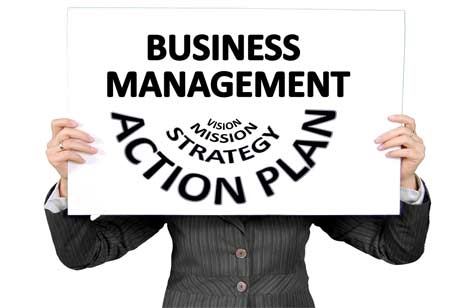THANK YOU FOR SUBSCRIBING
Be first to read the latest tech news, Industry Leader's Insights, and CIO interviews of medium and large enterprises exclusively from Hrtech Outlook
THANK YOU FOR SUBSCRIBING

By
HR Tech Outlook | Tuesday, January 24, 2023
Stay ahead of the industry with exclusive feature stories on the top companies, expert insights and the latest news delivered straight to your inbox. Subscribe today.
Organizational development equips an organization with the appropriate resources to adapt to and economically respond to market developments.
FREMONT, CA: Initiating structural shifts in an organization with quantifiable goals is the goal of organizational development. Productivity improvements can implement by revamping an organization's communication systems. Experts can better probe and observe the workplace and forecast and implement change thanks to research into employee behavior. Boosting output and effectiveness can have many positive effects. One of the best ways to assist excellent outcomes in these areas is to employ a well-thought-out organizational development framework. The advantages of organizational development of business are as follows:
Expanding profit margins: Profit margins can grow due to organizational development's many positive effects on efficiency and profitability. Staff turnover and absences get reduced, resulting in cost savings for the company. With goals in sync, a company can put all of its energy into improving its products and services and bringing in more customers. Organizational development is a mechanism to initiate a change in an entity's systems based on measurable objectives.
Enhancement of products and services: One of the essential factors in improving goods and services is innovation, which is why organizational growth is so significant. Effective employee engagement leads to significantly higher innovation and productivity, so one option for change is staff development, with incentive and achievement awards playing a vital role. Organizational development encourages transformation by studying competitors, clients, and target markets to understand better and meet their needs.
Employee growth and progress: Organizational development places a premium on open lines of communication to inspire bravery in the face of resistance to change. Due to numerous changes in the market, training and education initiatives for workers are essential. Therefore, many businesses invest in developing their workers' marketable skills.
Continuous development: Organizational development is an ongoing process, and its participants always look for ways to improve their operations. Through strategy development, analysis, implementation, and evaluation, organizational development fosters a culture of continuous advancement. The approach prepares a company to welcome both internal and external transformation.
Improved vertical and horizontal lines of communication: Organizational growth greatly aids by open lines of communication, employee participation, and constructive criticism. When properly informed, employees are more likely to support the organization's goals and values. Employees can learn from the significance of the company's change if they have access to clear communication channels. Communications inside a company are bolstered by active organizational development since feedback is shared regularly to promote growth.



